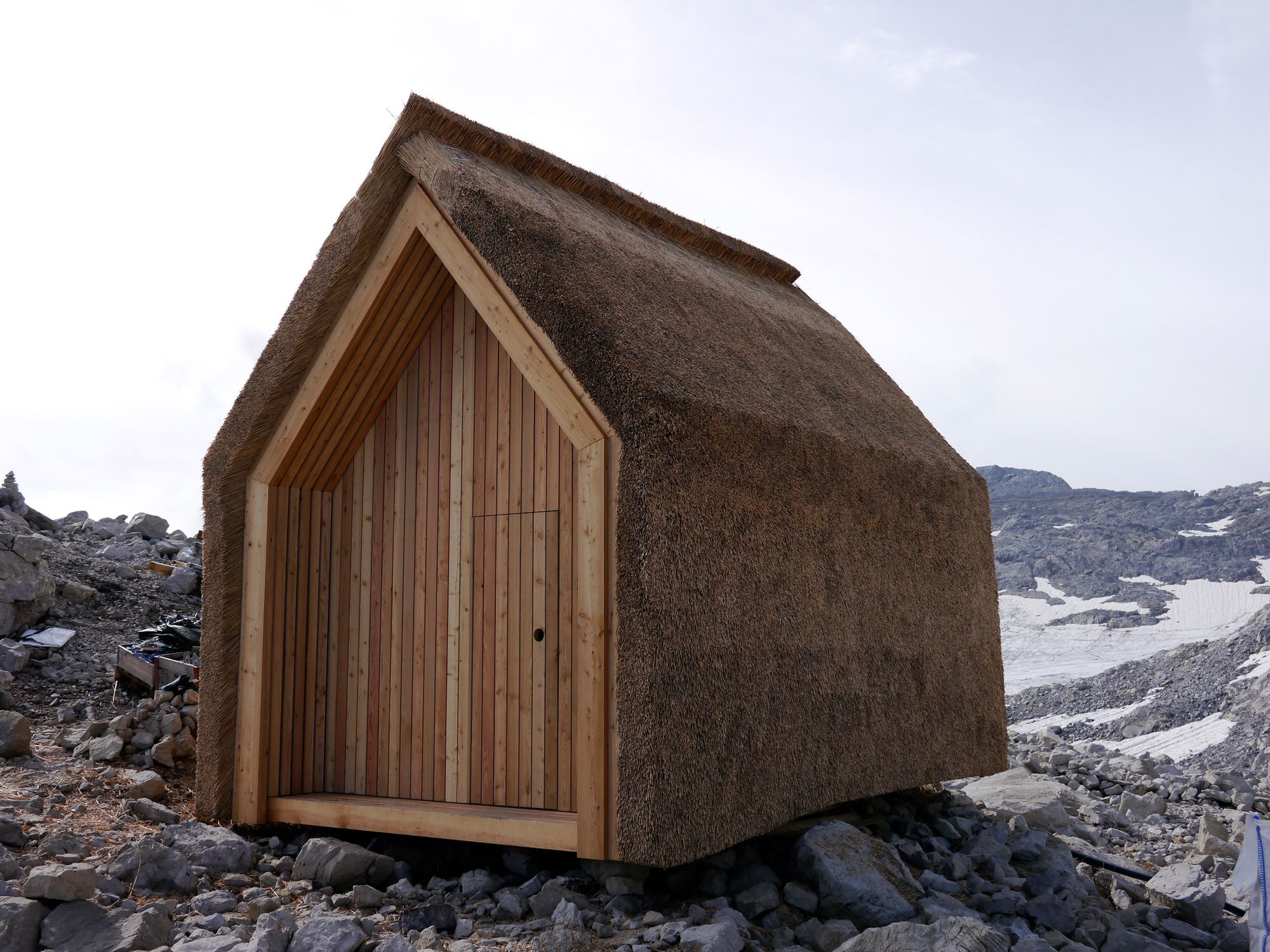As part of a new research project, the University of Stuttgart built a thatched alpine shelter in the Austrian Alps also holding its ground amidst extreme weather conditions, with a minimum carbon footprint.
Named SkinOver Reed, the house was developed by the team of the university’s Institute for Building Materials with the aim of testing the opportunities of reed as an alternative construction material amidst alpine weather conditions.
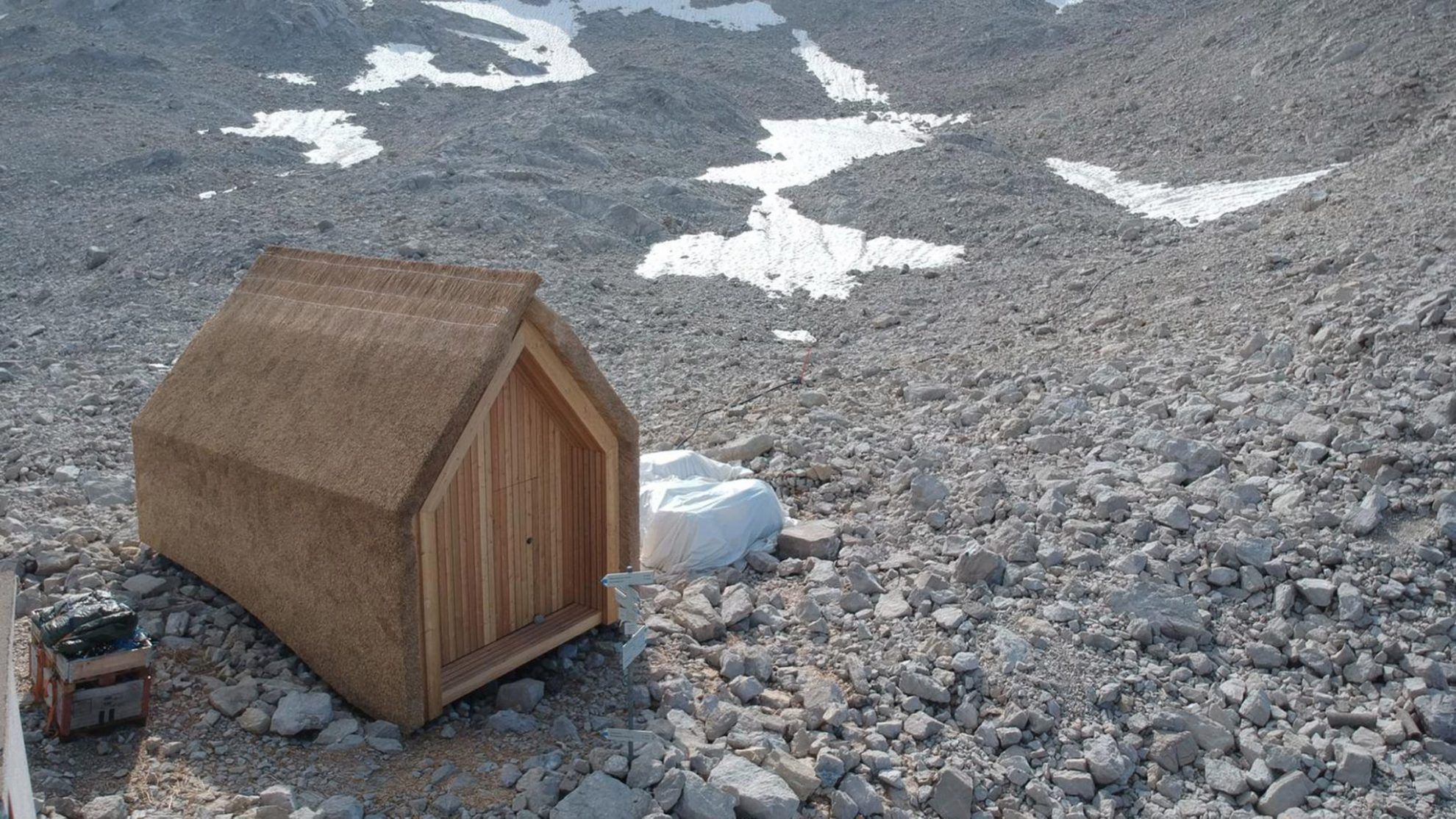
“We found out that building skins in Alpine architecture are either stone, concrete, metal or wood” – architect and lecturer Anke Wollbrink told Dezeen. The goal was to create an environmentally neutral house built of renewable raw materials. “We rediscovered the material thatch, which allows for a very three-dimensional design, almost analogue to concrete,” – Wollbrink continued. “This fascinated us right away and led to further research and the idea of building a prototype thatched envelope. We also researched contemporary thatch architecture and found beautiful strong examples in France, Denmark and Sweden“ – the architect added.
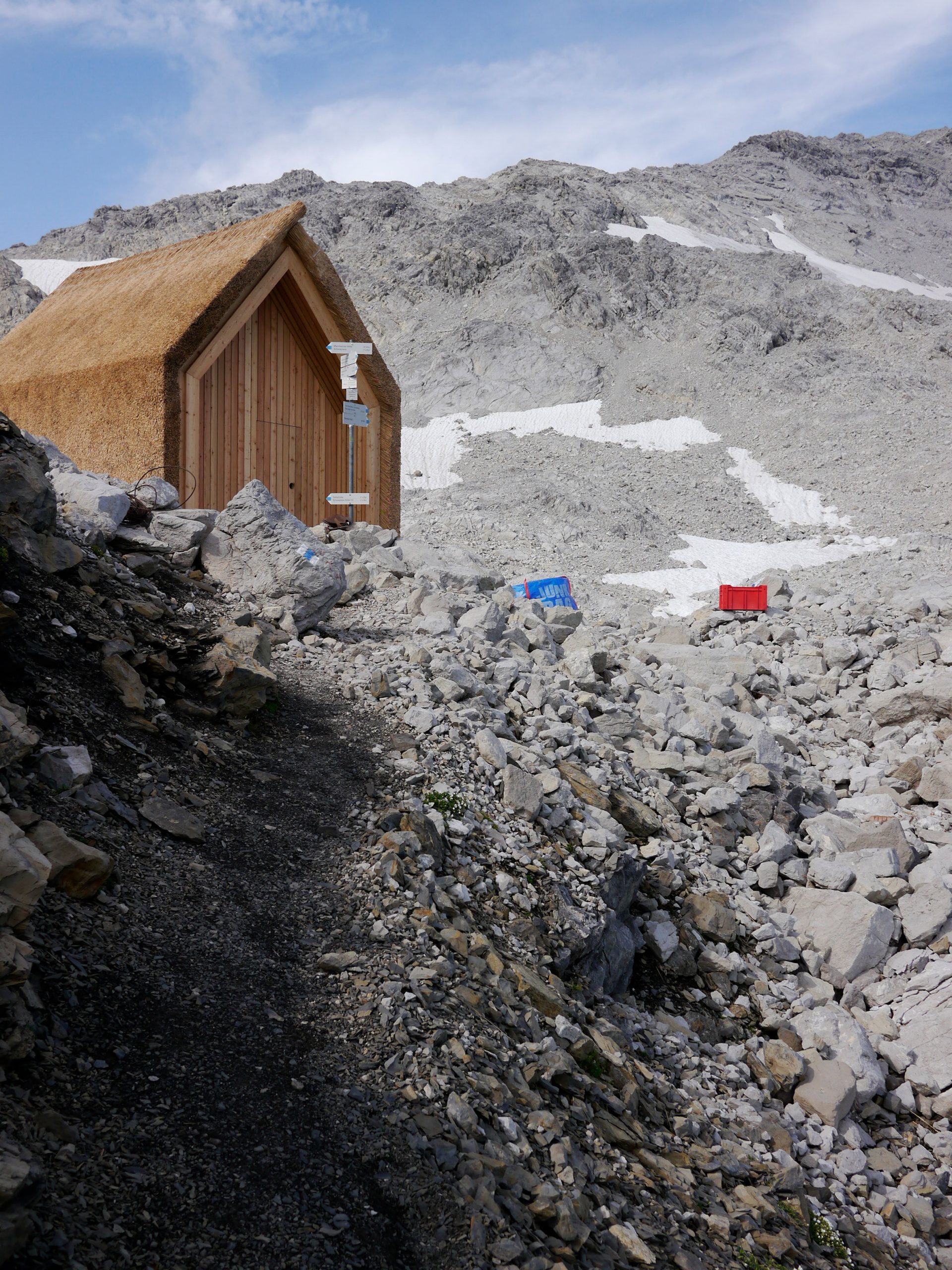

Reed was used for both the facade and roof cladding of the house built in the region of Vorarlberg, the most western part of Austria, resulting in a monolithic design. Thatch cladding is not only a traditional and environmentally-friendly architectural solution, it also comes with many benefits: it provides perfect insulation to the house, and is resistant to storms, rains and frost.
“It is a sustainable, renewable, carbon-neutral resource and seems to be a perfect alternative renewable material for the building envelope: rapid growth, short process chain with low energy demand and emissions, perfect life cycle, no pollutants, and proved over generations. At the end of life reed is compostable and closes the material life cycle” – Wollbrink said.
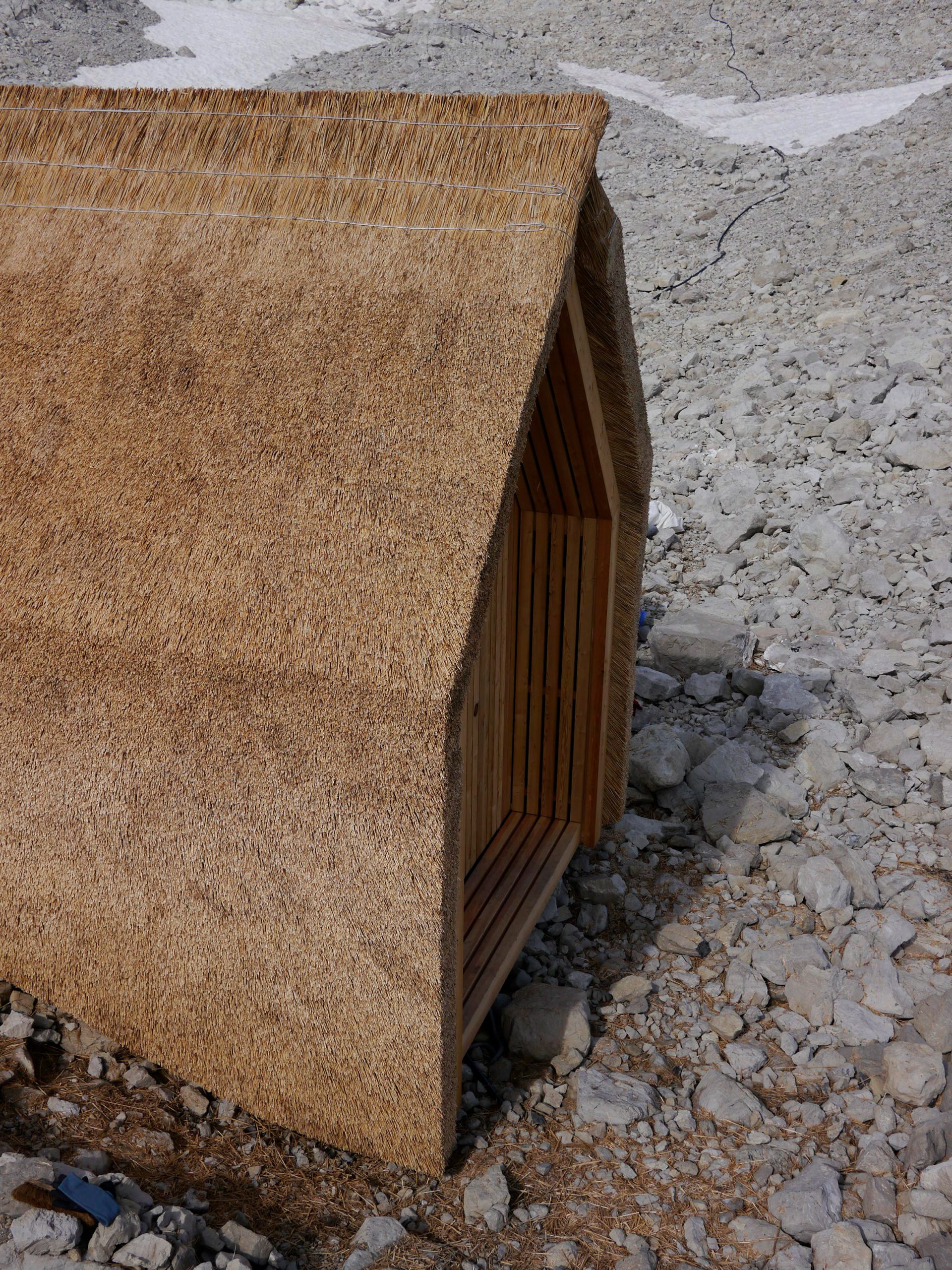
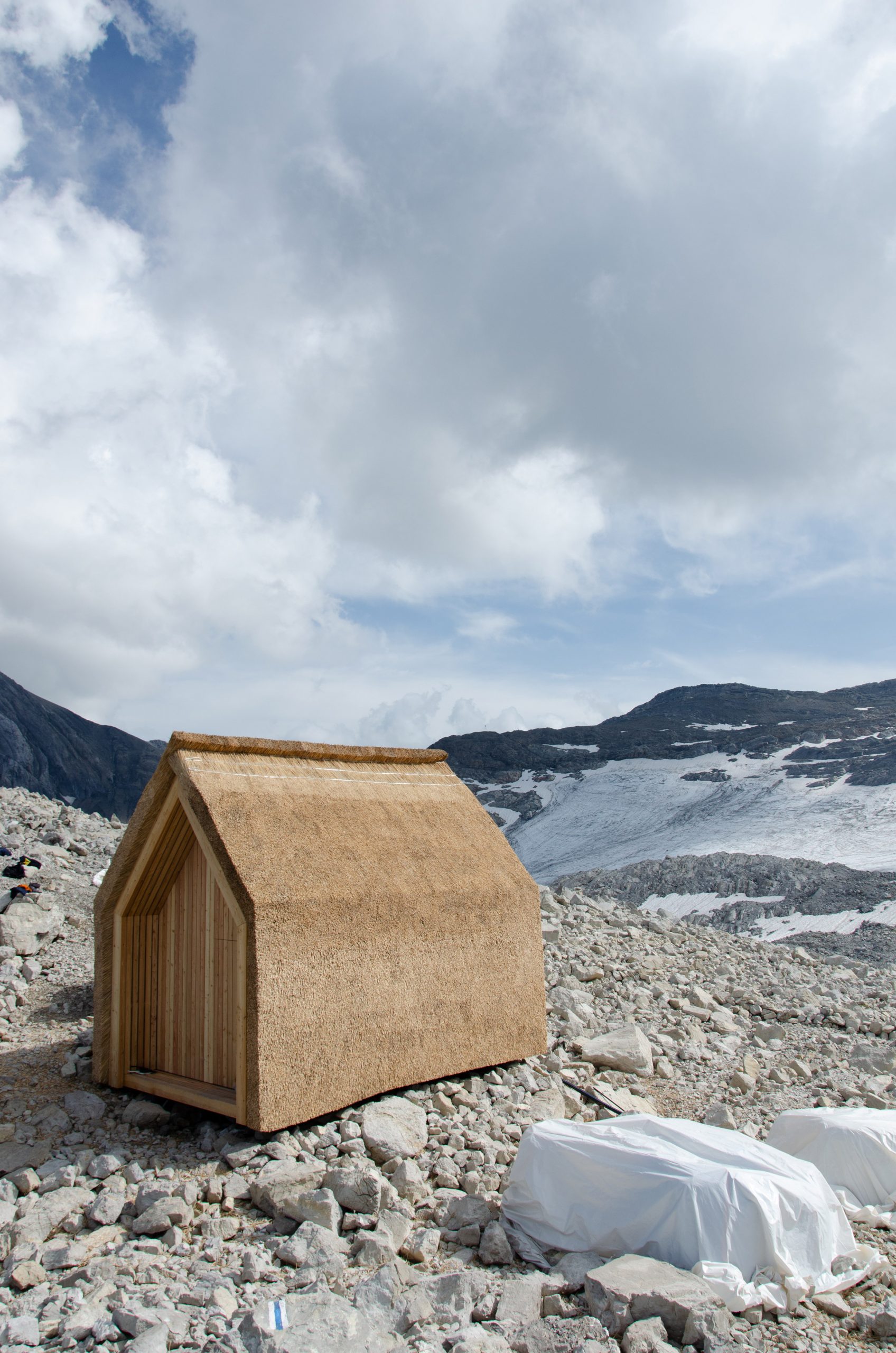

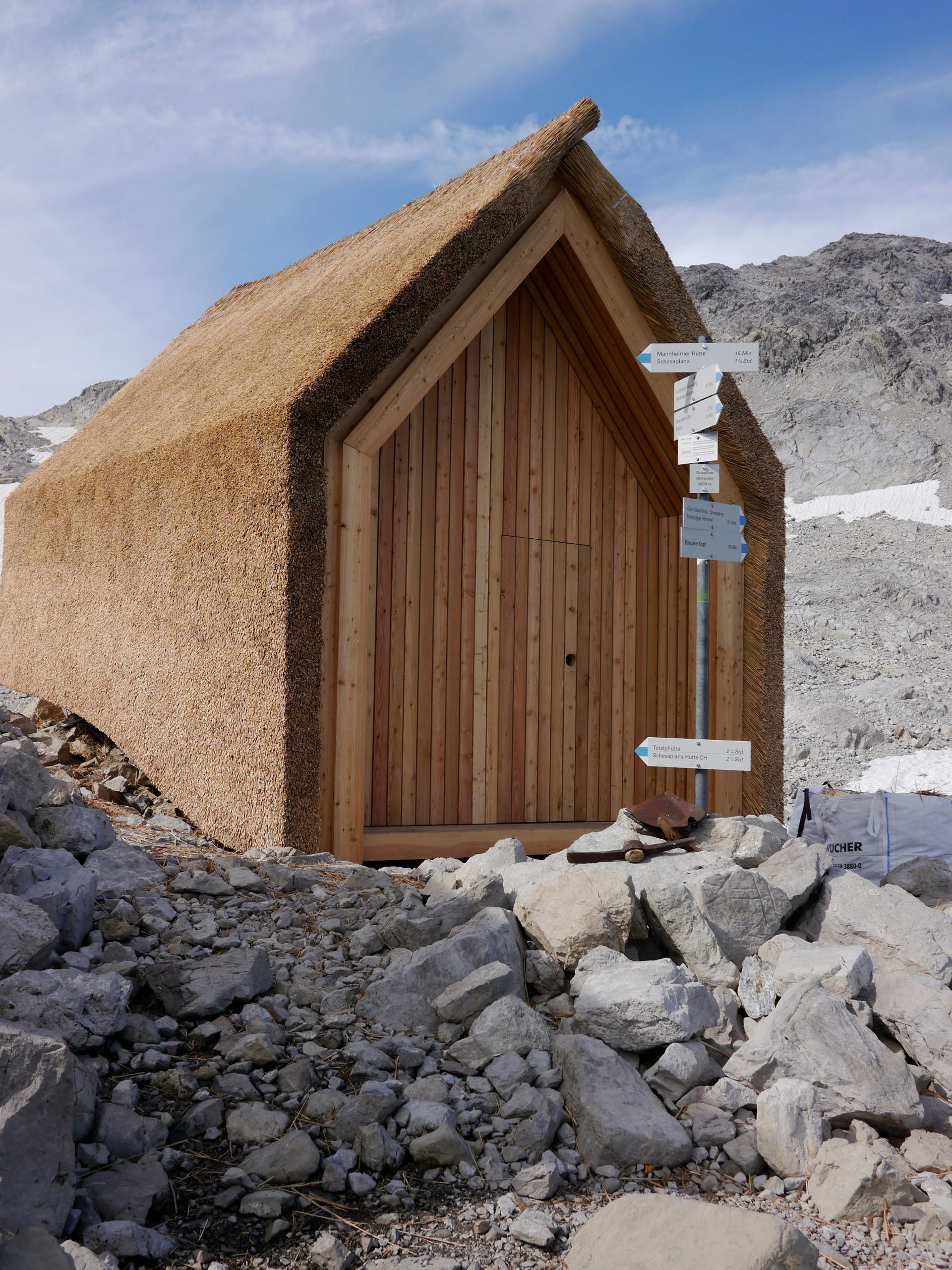
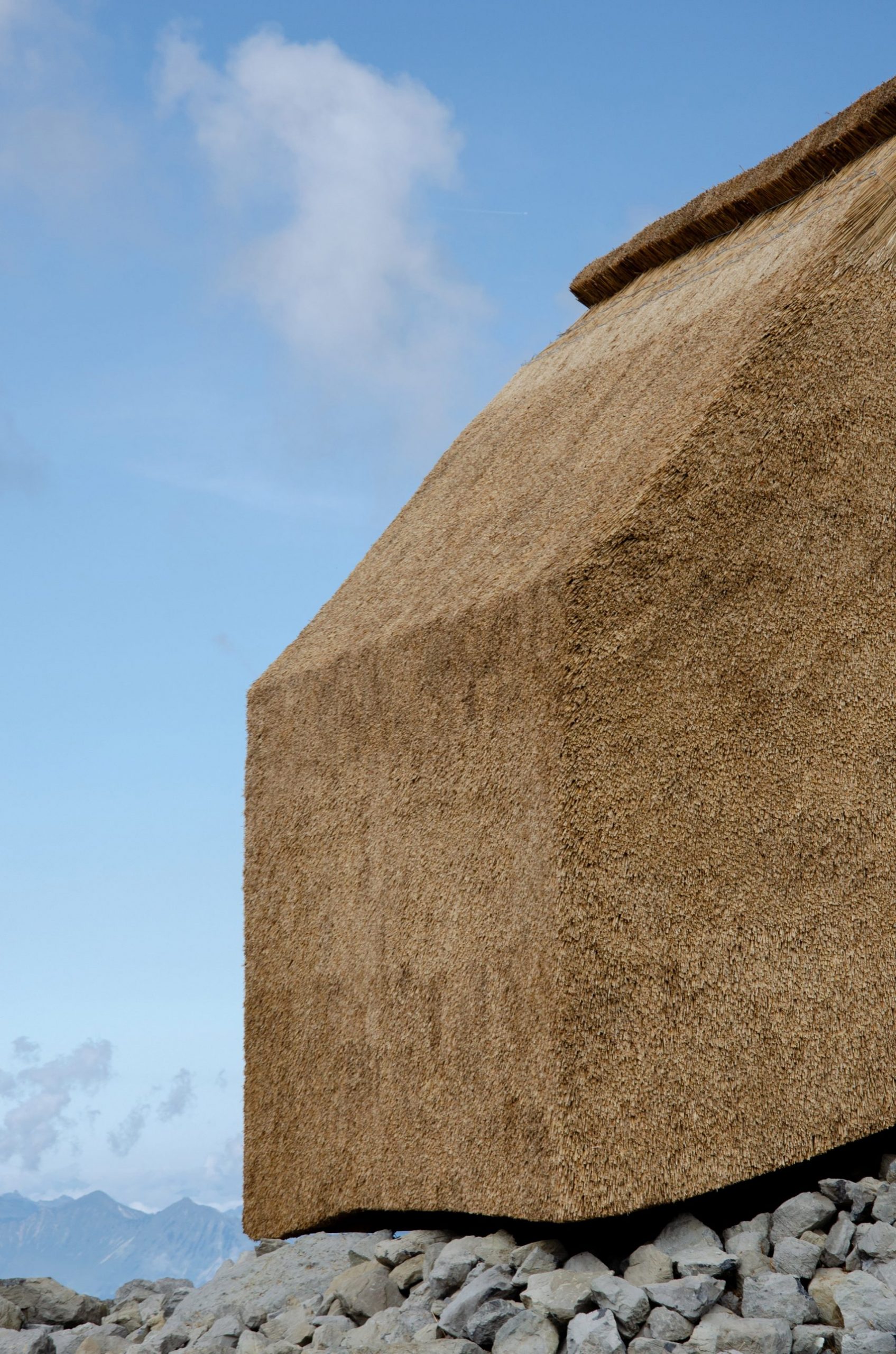
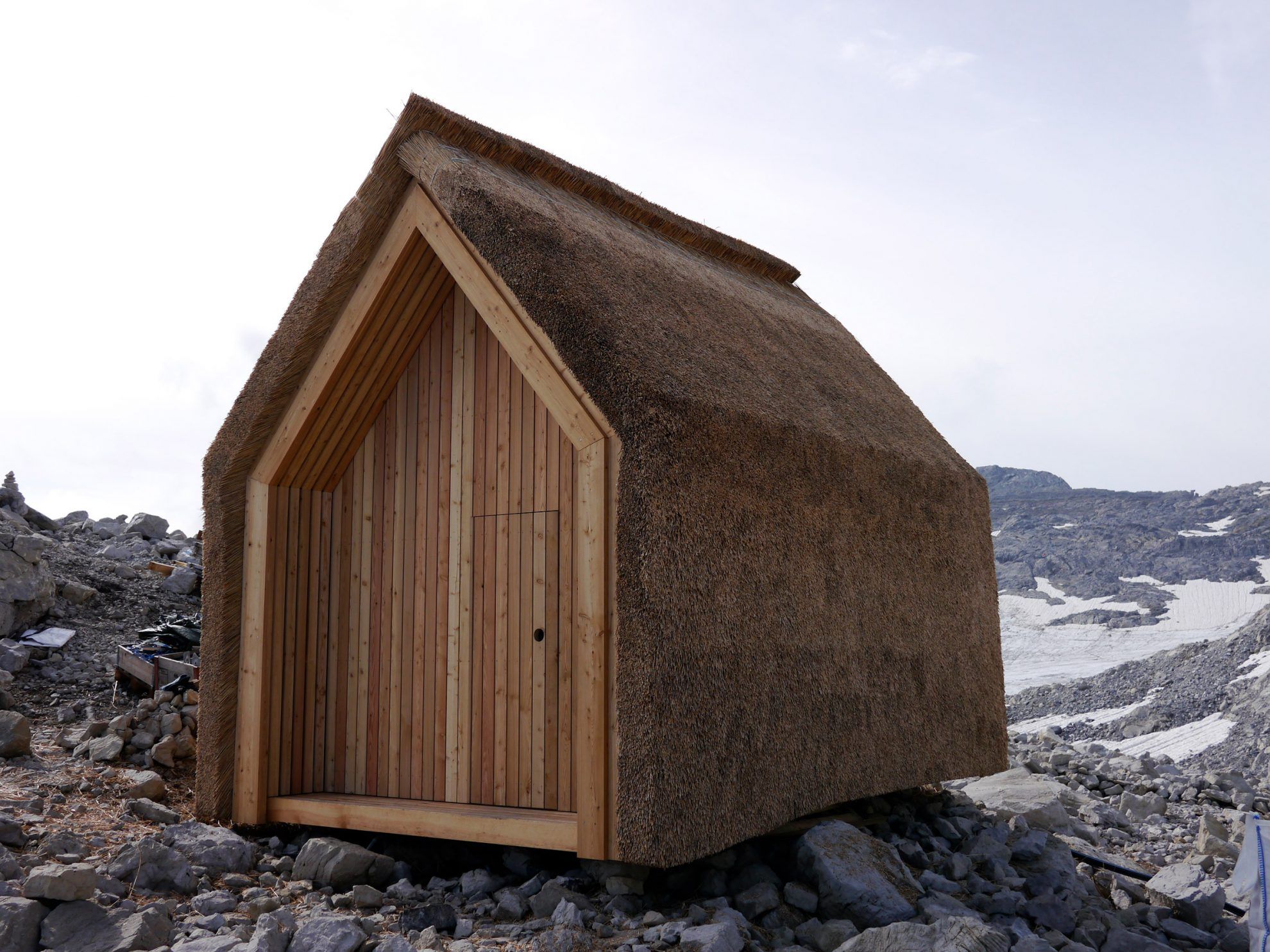
The research team will continue observing the impacts of extreme weather conditions on the building, as the small hut located at 2600 meters height will be covered by snow for approximately nine months.
Source: Dezeen

Perfect “errorism”
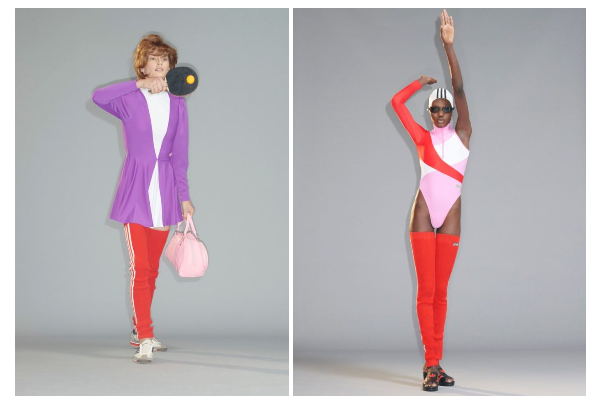
The new life of the 3-stripes jogger | Lotta Volkova x Adidas










